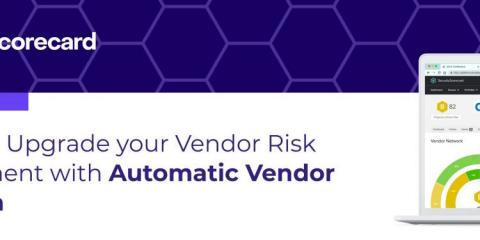Top 8 Attack Surface Management Solutions for 2022
The flip side of ubiquitous digital transformation and increased reliance on remote work due to the pandemic is that malicious actors get more opportunities to strike. Security perimeters are no longer distinct, and the range of potentially vulnerable enterprise assets is dynamically swelling. As a result, companies big and small are sailing into the perfect storm of cybercrime.











